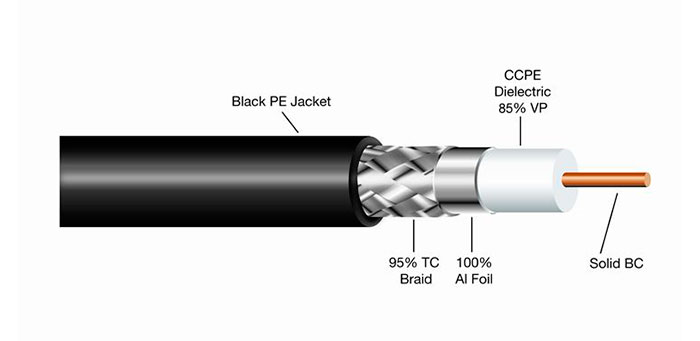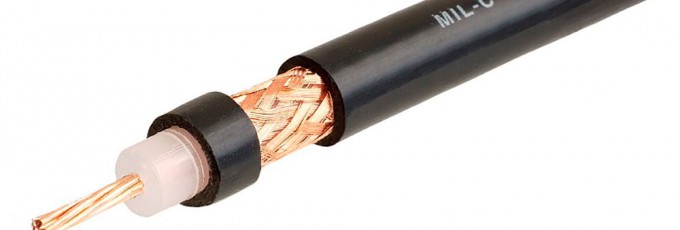Coaxial cable may be one of the most important connections in the world today. It is capable, for the time being, of handling two hundred thousand calls at the same time around the globe and is used in the most important telecommunication sectors, to give a couple of examples of its important usefulness. It is therefore of common interest to know the characteristics of coaxial cable and variants of electric. Is this your case?
Features of coaxial cable
The impedance of the coaxial cable is usually 50,75 or 93 omhios, represented by the abbreviation RG, of radio frequency-government. Then the progressive number of the type is included as well as the letter U, which indicates universality or the letters corresponding to the modifications that have been designed.
The RG-58 family stands out, whose distinguishing characteristic is its copper core. We found the following types:
RG-58/U, which has a solid copper core.
RG-58/AU, whose core is made of twisted wires.
RG-59, which transmits in broadband or CATV.
RG-6, larger diameter and frequencies.
RG-62, used for ARCnet networks.
Generally, the most commonly used in TV is the RG-59 coaxial cable, no matter if it is made for cable, satellite or antenna.
We can differentiate between semi-rigid, corrugated or flexible coaxial cables.

In our case, we make use of technical dielectrics made of PTFE, PE, physical foam injected with nitrogen or expanded. In this way we manage to reduce the dimensions while improving the mechanical resistance of all parts of the cable, which will undoubtedly make it much more durable.
Our coaxial cables include in their design halogen-free and flameproof HFLS covers, ensuring the quality of the cable and, of course, committing ourselves to protecting the environment while complying with the RoHS directive as well as the EU REACH regulation.
In addition, we make use of design and simulation programs and modern techniques resulting from an arduous R&D work for production, so that we get the cables with less loss of market insertion and with a resistance and durability, as we have commented enviable.
Coaxial cable dielectric variants
One of the many features to know this coaxial cable in detail is its dielectric, which can be of various types.
This is the insulating layer that separates the wire mesh from the core of the cable to avoid short circuits, noise and interferences with lost signals in the wire mesh.
- Air Dielectric Coaxial Cable
The attenuation of this cable is, due to obvious characteristics, very low.
- Coaxial cable with solid polyethylene dielectric cable
It’s next in consistency but the losses are higher.
- Coaxial cable with cellular or spongy polyethylene dielectric cable
It has a greater attenuation and its use is advisable only for the short distance, of 15 meters maximum.
These are, in essence, the characteristics of coaxial cable and dielectric variants, if you have any questions you can contact us at any time.
